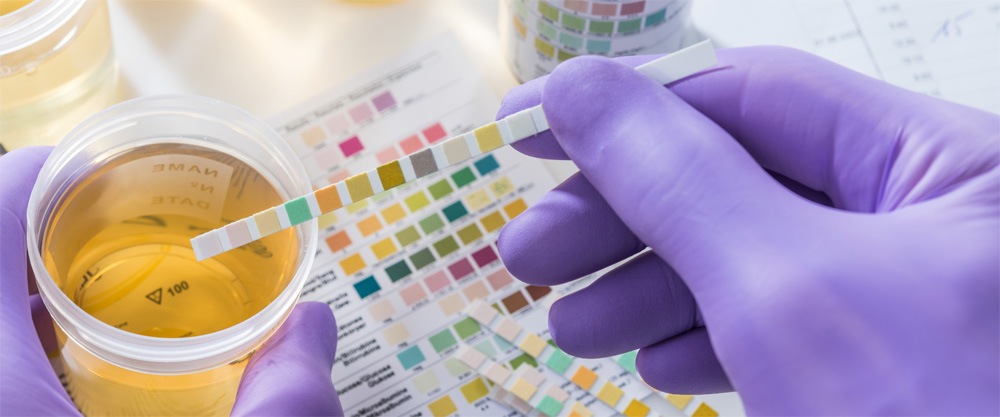Need a quick visual inspection of fuel quality?
Need a 3rd Party to do the inspection?

Fuel color inspections
Fuel color inspections are visual assessments conducted to determine the color characteristics of fuels, such as gasoline, diesel, jet fuel, or heating oil. These inspections are typically carried out by fuel industry professionals, regulators, or quality control personnel to ensure compliance with specific color standards and regulations.
The color of fuel can provide important information about its composition, quality, and suitability for specific applications. Different types of fuels have distinct color requirements and regulations that must be adhered to. The color of fuel is primarily influenced by the presence of dyes and additives added during the refining process to facilitate identification and differentiate between fuel types.
In many countries, fuel color is regulated to prevent illegal or improper use of fuels. For example, different colors may be assigned to distinguish between taxed and untaxed fuels, such as dyed diesel for off-road or agricultural use versus clear diesel for on-road vehicles. The use of specific colors helps authorities easily identify non-compliant usage and enforce appropriate taxes or penalties.
Fuel color inspections typically involve visual comparison of the fuel sample against a standardized color reference chart or scale. The reference chart provides a range of colors that are considered acceptable for a particular type of fuel. The inspector examines the fuel sample under appropriate lighting conditions to ensure accurate color evaluation.
Any deviation from the specified color range may indicate a potential issue with the fuel's quality or compliance. If the fuel's color falls outside the acceptable range, further investigation and analysis may be required to determine the cause of the discrepancy.
It's important to note that fuel color inspections are just one aspect of a comprehensive fuel quality assessment. Additional tests and analyses, such as octane rating, cetane number, sulfur content, and other physical and chemical properties, are typically performed to ensure the fuel meets the required specifications and standards.
In summary, fuel color inspections involve visually assessing the color of fuels to ensure compliance with specific regulations and standards. By monitoring the color, authorities can identify non-compliant use and enforce appropriate measures. However, it is crucial to perform comprehensive fuel quality tests to ensure that the fuel meets all necessary specifications for safe and efficient use.












